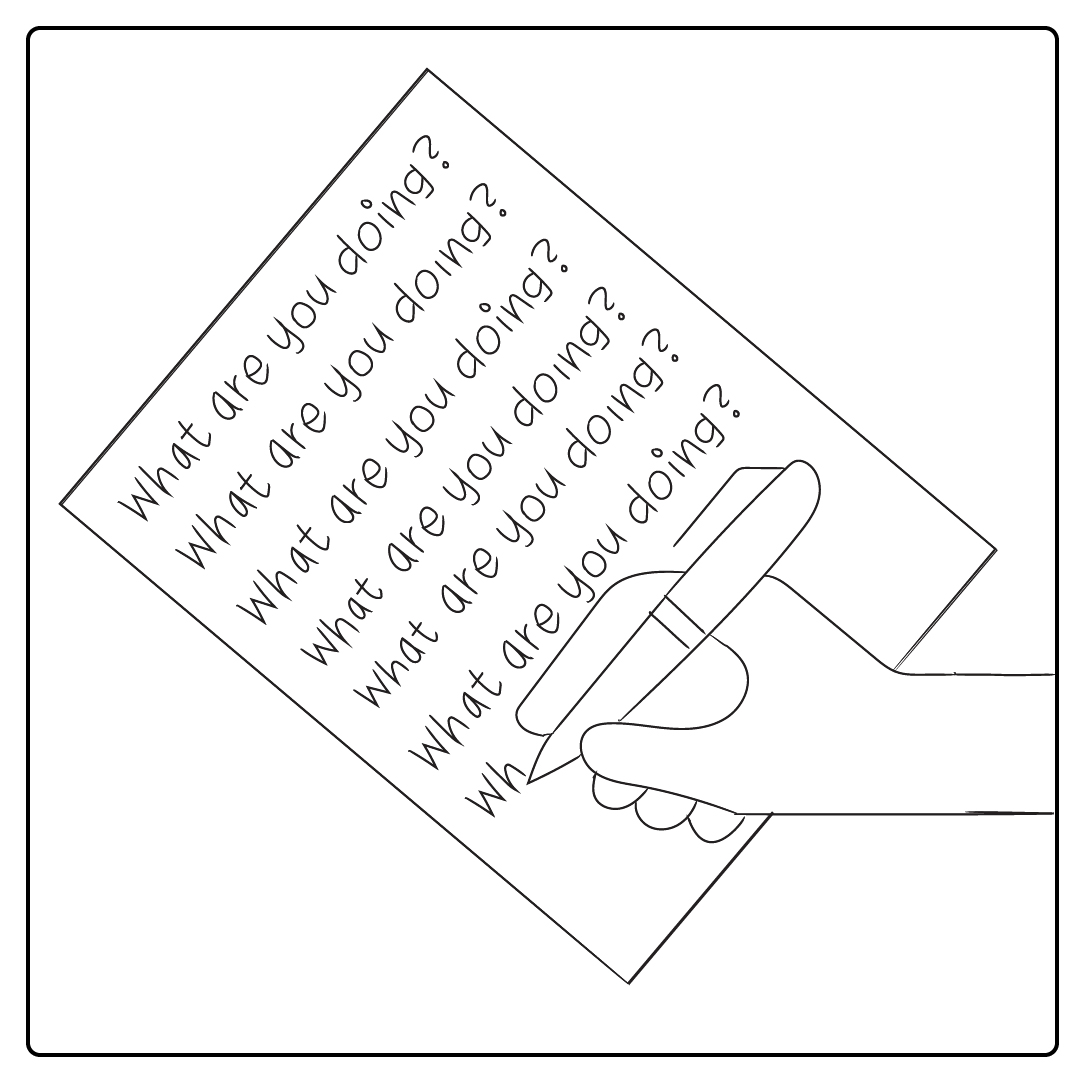
What can urban anthropology tell and do? This course is designed precisely to respond and deal with this question and, on the way, disrupt and undo the project of modern urbanisms, which cover various empirical practices of city-making and everyday city-lives. What is more, it will be an interesting course because: (i) it draws insights from disciplines and schools of thought beyond anthropology (among them: Actor-Network Theory, anthropology of infrastructures, anthropology at home, and multispecies ethnography); (ii) you will learn to interpolate, to try out analytical operations, using what you learn as a springboard; and (iii) you can take away and bring it back home and experiment with matters beyond the city proper.
You will problematize and partake and position yourself playfully and artfully in anthropology of urbanisms, step-by-step. The key debate in urban studies, between critical- and assemblage urbanism in the late 2000s, will set the scene as the first introductory session of this course. After that, this course will proceed in two subsequent parts. In the first part, telling, for six sessions, you will learn about three themes: infrastructure, nature at home, and planning. Once you are more at home with the theoretical foundations and conceptual languages, in the second part, doing, for another six sessions, we will explore three up-to-date cases—platform, Do-It-Yourself, and epidemic urbanism—wherein each second session of each case you will do a group presentation. This group presentation will be handy because you can use the material for writing the essay for the final exam.
- Course owner: Indrawan Prabaharyaka